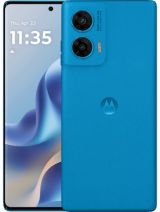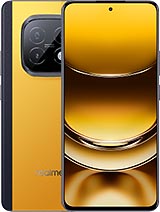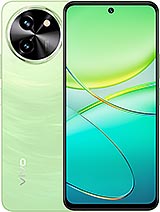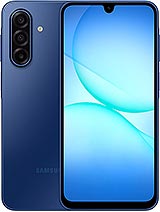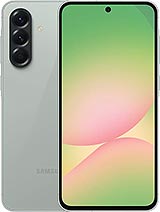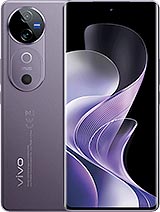Lava Play Ultra alternatives
Tap above to see alternatives.
Vivo V40 alternatives
Tap above to see alternatives.
Lava Play Ultra
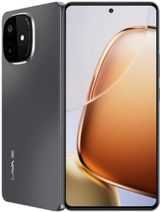
Lava Play Ultra
-
Dimensity 7300
4 nm
-
5000 mAh
33W
-
6.67"
1080 x 2400 pixels
-
64 MP
4K@30/60fps
-
Specs

4x2.5 GHz Cortex-A78
4x2.0 GHz Cortex-A55
1x2.63 GHz Cortex-A715
3x2.4 GHz Cortex-A715
4x1.8 GHz Cortex-A510
8GB 128GB (UFS 3.1)
8GB 256GB (UFS 2.2)
12GB 512GB (UFS 2.2)
(wide), 1/1.73", Sony IMX682, PDAF
5 MP
macro
f/1.9, 24mm (wide), 1/1.56", 1.0µm, PDAF, OIS
50 MP
f/2.0, 15mm, 119˚ (ultrawide), 1/2.76", 0.64µm, AF
1080p@30/60fps
1080p@30fps
wide
f/2.0, 21mm (wide), 1/2.76", 0.64µm, AF
1080p@30fps
SIM1: Nano, SIM2: Nano
9 5G bands
n1, n3, n5, n8, n28, n40, n41, n77, n78
8 5G bands
n1, n3, n5, n8, n28, n40, n77, n78
In this performance comparison, the Vivo V40 with its Qualcomm Snapdragon 7 Gen 3 (4nm) performs better than the Lava Play Ultra with the Mediatek Dimensity 7300 (4nm), thanks to superior chipset efficiency.
Both phones launched with Android 15 and will get updates until Android 17. Both phones are expected to receive security updates until around 2028.
Both Lava Play Ultra and Vivo V40 feature AMOLED displays, offering vibrant colors and deeper blacks. Both smartphones offer the same 120 Hz refresh rate. Vivo V40 also boasts a brighter screen with 4500 nits of peak brightness, enhancing outdoor visibility. Notably, Vivo V40 offers a higher screen resolution, resulting in sharper visuals and more detailed content.
Vivo V40 features a larger 5500 mAh battery, potentially delivering better battery life. Vivo V40 also supports faster wired charging at 80W, compared to 33W on Lava Play Ultra.
Vivo V40 offers better protection against water and dust with an IP68 rating.
¹ Scores can vary even with the same chipset due to RAM, thermals, and software optimization.


